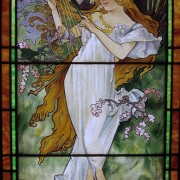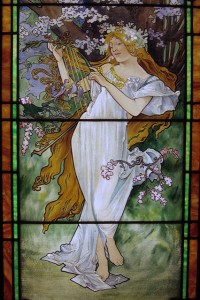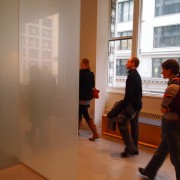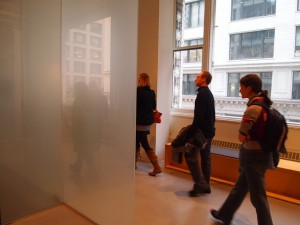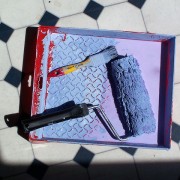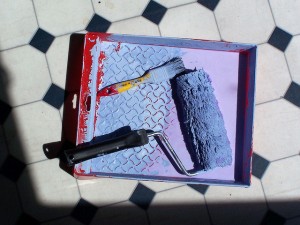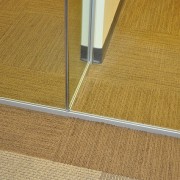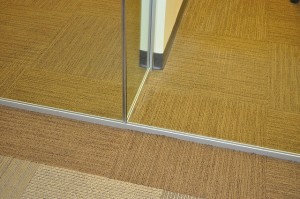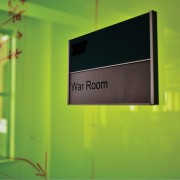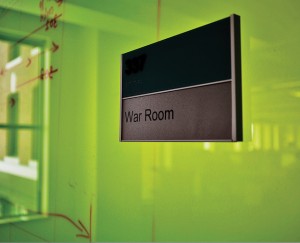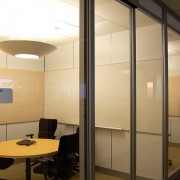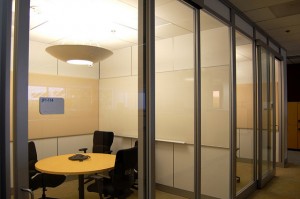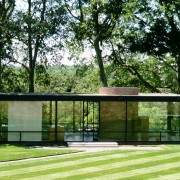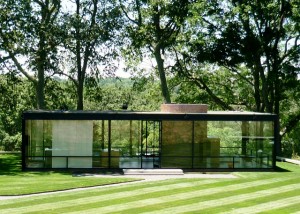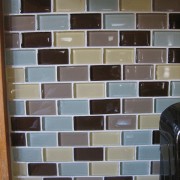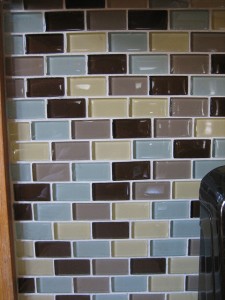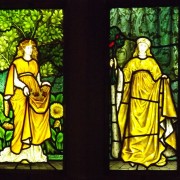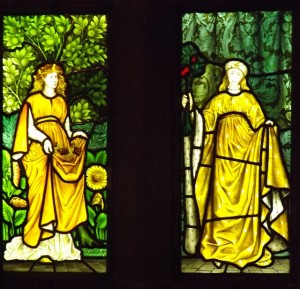Painted glass or stained glass?
Heavy metals are toxic. They include mercury, lead, arsenic, cadmium, chromium and a host of others that are equally bad. The conventional wisdom says that once encased in glass, the metals are harmless. Generally, that’s true, but traditional stained glass production methods mean that stained glass can still pose a danger to human health.
For example, the metal that separates stained glass segments is traditionally (but not always) made of lead. Louis Comfort Tiffany’s stained glass work stands out in part because he did not use lead in many of his works. (He used copper, especially on his lamp shades.)
The lead strips that hold the stained glass in place are an ongoing source of lead dust. The metal sloughs off lead particles, which can then become airborne. For this reason, many people with lead glass windows in their homes have elected to remove and replace the windows, or encase them to reduce their exposure to lead. Production problems in the stained glass industry are also calling into question the long-term availability of stained glass.
Painted glass is emerging as a substitute for traditional stained glass. Many well known “stained glass” works are actually painted! . Painted glass has a different effect, but offers a similar artistic experience. Painted glass has the benefit of not being toxic to handle or produce, and not emitting toxic particles following manufacture and installation.
Painted glass is emerging as a viable substitute for stained glass. Under proper conservation, painted glass can last for hundreds of years.
Glassprimer™ glass paint is a specialized glass coating that bonds permanently to glass surfaces. GlassPrimer also makes a glass surface molecular activator that is designed to work with UV-inkjet glass printing processes. Glassprimer™ glass paint can be used in both interior and exterior applications and can help reduce solar heat gain in some applications. For more information about Glassprimer™ glass paint, please visit the rest of our site. If you’d like to purchase Glassprimer™ glass paint, please visit our online store .
Photo Credit: Ninniane , via Flickr.com

